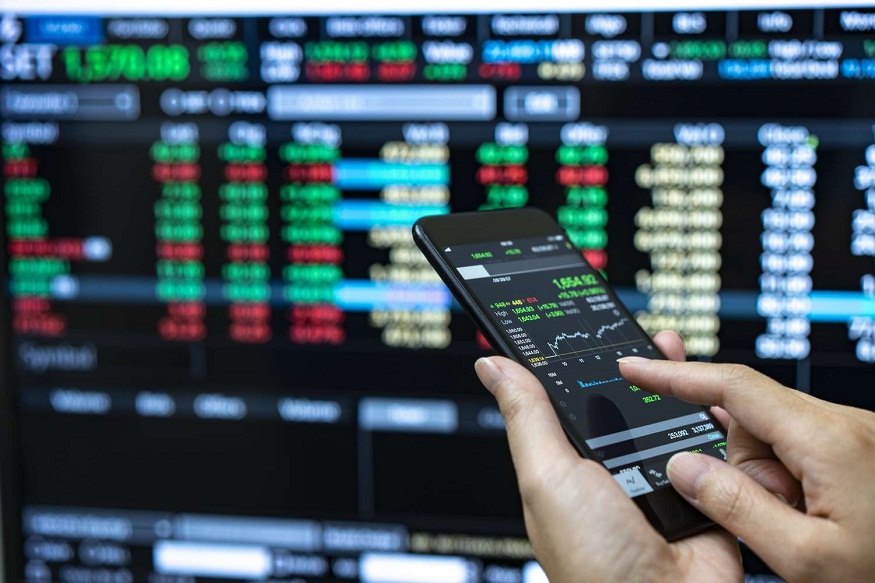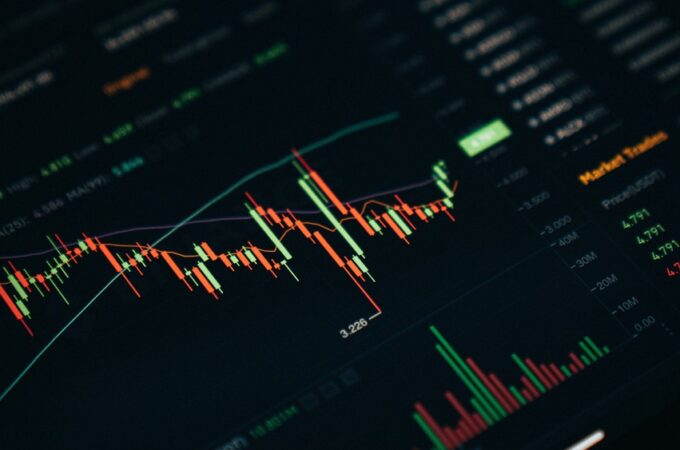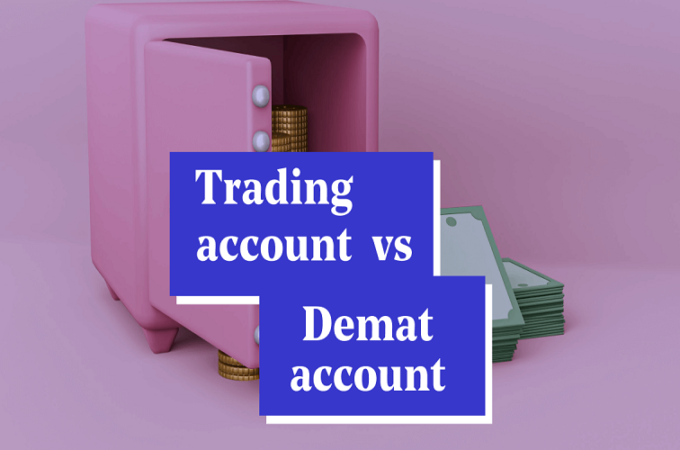
Risk Management in Online CFDs: Strategies for Success
In the volatile world of online CFD trading, effective risk management is key for achieving sustainable growth. While the profit potential is significant, the inherent risks must be carefully managed to safeguard capital and ensure long-term success. Here, we explore essential risk management strategies tailored to the dynamic landscape of CFD trading.
Understanding Trading Risks
Before implementing risk management techniques, it’s crucial to understand the risks associated with CFD trading. CFDs allow traders to speculate on asset price movements without owning the assets themselves. This leveraged trading can amplify gains but also exposes traders to significant losses, sometimes exceeding the initial investment. Recognizing these risks is the first step to managing them effectively. Additionally, the fast-paced nature of CFD trading requires traders to stay vigilant, as market conditions can change rapidly. Understanding both market volatility and leverage implications is essential for developing a solid risk management plan.
Diversification for Stability
Diversification is one of the most reliable ways to manage risk. By spreading investments across various assets, sectors, or markets, traders reduce the impact of a single underperforming investment on their entire portfolio. In CFD trading, diversification can mean varying your asset choices, such as including indices, commodities, and stocks, to balance exposure across different market segments. This approach mitigates overall risk by reducing dependency on any one asset’s performance in every company like Biz Latin Hub .
Position Sizing
Position sizing is a critical aspect of risk management, involving careful allocation of capital to each trade based on individual risk tolerance. By controlling how much capital goes into each position, traders can better withstand temporary losses without depleting their accounts.
A common method is the fixed percentage risk model, where traders risk a set percentage of their capital—usually between 1% and 3%—per trade. This strategy limits the impact of any single loss, allowing room for recovery over time and promoting a consistent, disciplined approach to trading.
Maximizing Risk-Adjusted Returns
Beyond controlling losses, CFD traders should also focus on optimizing their risk-adjusted returns. This means aiming for a favorable balance between potential returns and associated risks, prioritizing trades with strong risk-reward ratios. A good rule of thumb is to target trades where the potential reward substantially outweighs the risk, as this enhances profitability while managing exposure.
Utilizing Stop Loss Orders
Stop loss orders are fundamental for limiting losses in a fast-moving market. These orders automatically close a trade once a certain price is reached, preventing further losses if the market shifts unfavorably. For effective risk management, it’s essential to set stop losses at levels that protect against large losses while avoiding premature exits due to normal market fluctuations.
When setting stop loss levels, consider market volatility, your trading goals, and personal risk tolerance. Striking the right balance between these factors ensures that stop losses serve as a reliable safety net without unnecessarily cutting profitable trades short.
Continuous Monitoring and Adaptation
Risk management is not a one-time task; it requires ongoing review and adaptation. As market conditions change, so should your approach to risk. Regularly reassess your portfolio to ensure it remains diversified and aligned with your trading objectives and risk tolerance. Staying informed about macroeconomic developments, geopolitical changes, and industry-specific trends will help you adjust your strategy proactively, maintaining a strong defense against market volatility.
Effective risk management is crucial for successful online CFD trading. By understanding and addressing the inherent risks, utilizing strategies like diversification, setting appropriate position sizes, focusing on risk-reward ratios, employing stop loss orders, and regularly monitoring your approach, traders can build a solid foundation for sustainable success. In the fast-paced world of CFD trading, disciplined risk management is key to achieving long-term profitability.




